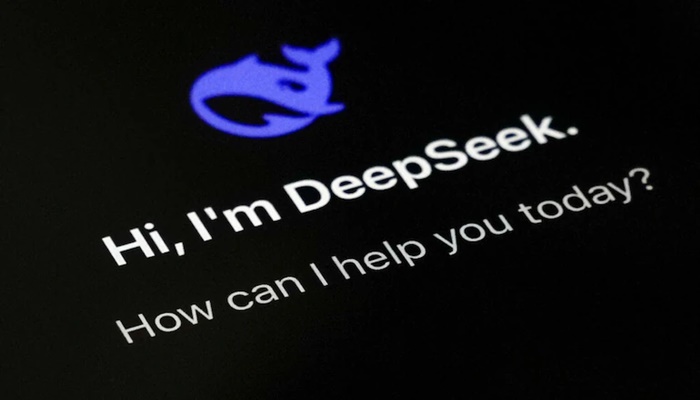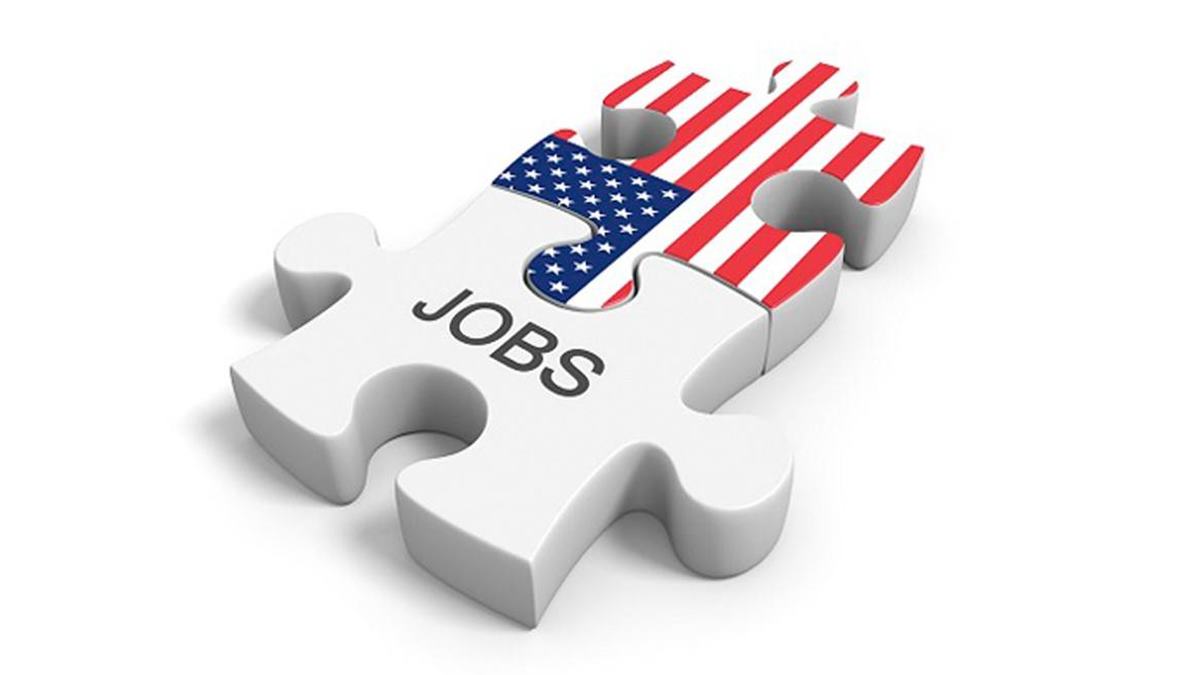The shift begins the moment the doors open. At a retail store in Bengaluru, cashiers brace for complaints about prices. In a telecom call centre in Manila, agents steel themselves for angry voices before they even pick up the phone. A credit officer in rural India walks into a client meeting knowing he may be shouted at before he can even explain the repayment plan.
For many frontline workers, the job no longer feels like service. It feels like combat.
“Customer aggression has, unfortunately, been accepted as commonplace across most customer-facing industries,” says Anil Kwatra, Chief Business Officer at Satin Creditcare Network Ltd. “Frontline staff report experiencing verbal aggression on a weekly basis. Though physical aggression is rare, the emotional impact of ongoing verbal aggression can create significant psychological harm.”
The battlefield is not hidden. The Institute of Customer Service in the UK reported in 2023 that 44% of service staff had faced abuse in the previous six months. In the US, the National Retail Federation has logged a post-pandemic surge in both verbal and physical hostility. The Wall Street Journal has described the phenomenon as a “silent epidemic”.
The cost is not just personal. It is organisational. Attrition is rising. Recruitment is harder. And the reputation of once-stable jobs is being eroded by fear of abuse.
The myth of the invincible soldier
Part of the problem is cultural. For decades, frontline staff were expected to endure whatever customers threw at them. The unspoken motto was clear: the customer is always right, the employee must always take the hit.
But the armour is thin. “Customer-first should not mean employee-last,” Kwatra insists. “Leaders need to set the right tone, that respect and dignity are non-negotiable.”
Sheetal Bhanot Shetty, CHRO of Infra.Market, echoes the point from the building materials industry. “While most customers engage respectfully, the few instances of aggression can have an outsized emotional impact. What’s important is that we don’t normalise such behaviour. Acknowledging its prevalence is the first step.”
Both argue for a cultural reset: redefining service not as blind endurance but as mutual respect. That means setting rules of engagement. Abuse is not tolerated. Employees have permission to call in support. And companies must celebrate professionalism without confusing it with silence in the face of hostility.
Weapons and shields
How can companies reduce the number of battles staff must fight? Part of the answer lies in fixing the systems that ignite conflict in the first place.
“It is always better to be proactive rather than reactive,” Kwatra says. “Simplify processes that often lead to aggravation. Deploy technology such as self-service portals or AI chatbots. Equip employees with timely information to resolve issues.”
Shetty adds that design matters: “Redesigning the frontline experience goes beyond counselling. It’s about creating systems that prevent escalation in the first place — simplifying workflows, reducing wait times, and ensuring customers have clear, transparent information upfront.”
Elsewhere, banks in Europe have streamlined apps to cut disputes over fees. Retailers in the US redesigned returns systems to prevent arguments at counters. Telecom operators in Asia now use multilingual queue-management tools. Each move reduces flashpoints. Each serves as a shield.
Commanders in the middle
Even with better systems, skirmishes happen. The first commanders on the ground are often middle managers. Yet many are untrained for the role.
“Middle managers need both authority and training,” Kwatra says. “Provide de-escalation frameworks, emotional intelligence training, and clear policies on when it is appropriate to intervene or disengage.”
Infra.Market has embedded that approach. “Middle managers are the crucial bridge,” Shetty says. “We equip them with conflict-resolution training and escalation protocols. Equally important is ensuring they never feel isolated.”
Recognition is part of the arsenal. Rewarding managers who defend employees while resolving customer concerns signals that protection is valued, not punished.
Making safety part of the mission
The next challenge is embedding safety into company strategy. For years, performance has been judged on customer satisfaction alone. But can a company claim excellence if its staff feel unsafe?
“Safety and service should be seen as mutually reinforcing,” Kwatra argues. “When a company’s KPIs explicitly include employee wellbeing, it sends a powerful message to clients about dignity.”
Shetty calls it a “strategic lever”. “When people feel secure, respected and valued, their motivation and performance naturally rise.”
Some companies have already moved. UK retailer Tesco now tracks incidents of abuse alongside sales. Airlines report passenger compliance data. These measures treat employee safety not as a soft concern, but as a metric of operational success.
An industry-wide ceasefire
Kwatra believes only collective action will reset expectations. “Zero tolerance on abusive behaviour, communicated clearly to all customers and with the option to refuse service in serious cases. Mandatory protections for employees. And a shared industry helpline that tracks incidents and provides counselling.”
Shetty agrees, proposing industry-wide standards that make employee dignity as non-negotiable as financial compliance. “Mandate zero-tolerance policies, require immediate escalation channels, and embed dignity into industry standards. Recognise organisations that exemplify proactive protection of staff.”
Other sectors offer precedent. Aviation maintains no-fly lists for unruly passengers. Retail associations in Europe have campaigned jointly for tougher laws. These models show how industries can coordinate when individual companies cannot carry the cost alone.
The battle ahead
Aggression at work is unlikely to vanish. Inflation, digital disruption and service backlogs all generate tension. But leaders now face a stark choice.
They can continue to treat abuse as collateral damage, expecting employees to endure. Or they can redraw the rules, protecting staff even if it means challenging long-held notions of “the customer is always right”.
“Service excellence and respect for employees must go hand in hand,” Kwatra says. “Only then can organisations build resilience and long-term trust.”
Shetty is blunt. “When employees see their leaders modelling respect and providing real protections, they gain confidence. They serve with authenticity and pride.”
The frontline is not a war that workers should fight alone. If service is to remain sustainable, leaders must step onto the battlefield — not as generals issuing orders, but as defenders willing to shield their people.




















